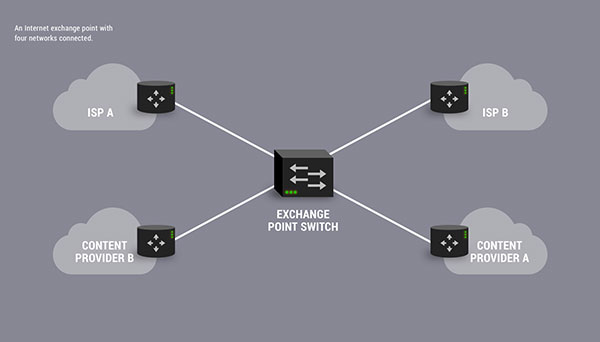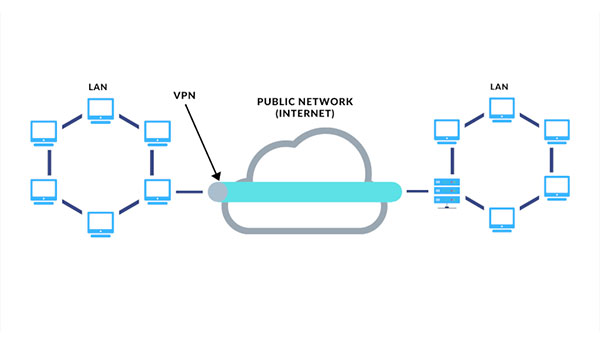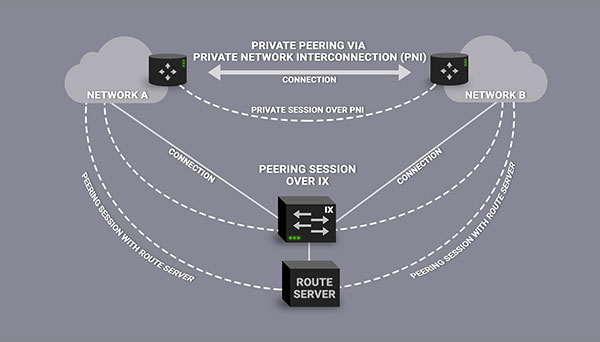In the ever-expanding landscape of the internet, the efficient and intelligent routing of data is paramount. Better routing through an Internet Exchange (IX) emerges as a key player in optimizing data flow, reducing latency, and enhancing overall network performance. In this blog, we will explore the numerous advantages of leveraging superior routing capabilities within an Internet Exchange and how it contributes to a faster, more resilient, and interconnected digital ecosystem.
- Reduced Latency for Faster Data Delivery: Enhanced routing through an Internet Exchange significantly reduces latency by providing direct and efficient paths for data to traverse between networks. By bypassing unnecessary intermediate nodes and choosing the most direct routes, data packets reach their destination faster, contributing to a smoother and more responsive internet experience for end-users.
- Optimized Network Performance: Intelligent routing within an Internet Exchange optimizes the flow of data, reducing congestion and preventing bottlenecks. By dynamically selecting the most efficient paths based on real-time conditions, routing algorithms ensure that network resources are utilized optimally. This results in improved overall network performance and a more reliable data transfer process.
- Cost-Efficient Traffic Exchange: Better routing through an Internet Exchange translates to more cost-efficient traffic exchange for Internet Service Providers (ISPs) and other network operators. Direct, optimized routes mean reduced transit costs and improved operational efficiency. This cost-effectiveness is particularly beneficial for both established and emerging network providers seeking to maximize the value of their infrastructure.
- Enhanced Redundancy and Reliability: Internet Exchanges, with their redundant and diverse connectivity options, offer enhanced routing options to ensure reliability. In the event of a network failure or congestion on a specific route, intelligent routing algorithms can dynamically reroute traffic to alternative paths, minimizing downtime and ensuring continuous service availability.
- Global Connectivity and Peering Opportunities: Better routing within an Internet Exchange opens up opportunities for global connectivity and seamless peering. Networks can establish direct connections with peers across the globe, fostering collaboration and efficient data exchange. This interconnectedness contributes to a more robust and resilient internet infrastructure.
- Dynamic Adaptability to Network Changes: The dynamic nature of internet traffic requires routing systems to adapt quickly to changes in network conditions. Intelligent routing algorithms within an Internet Exchange are designed to be adaptive, making real-time decisions based on factors such as latency, bandwidth availability, and congestion. This adaptability ensures that the network remains responsive and efficient in the face of evolving conditions.
- Security and Privacy Considerations: Enhanced routing through an Internet Exchange also provides opportunities to implement robust security measures. By controlling the flow of data within the exchange environment, network operators can implement security protocols to safeguard against potential threats and unauthorized access. This contributes to a more secure and privacy-conscious internet ecosystem.
Conclusion:
In the dynamic world of digital connectivity, the benefits of better routing through an Internet Exchange are evident in the form of reduced latency, optimized network performance, cost efficiency, enhanced reliability, global connectivity, dynamic adaptability, and improved security. As we continue to navigate the digital highway, the role of enhanced routing within Internet Exchanges stands as a cornerstone for creating a more efficient, secure, and interconnected digital future. By optimizing the pathways through which data travels, we pave the way for a faster, more reliable, and responsive internet ecosystem.





















